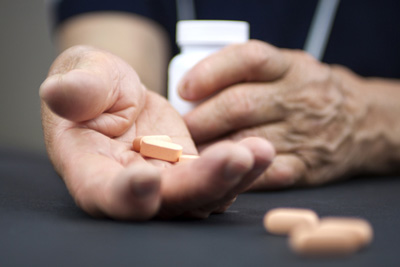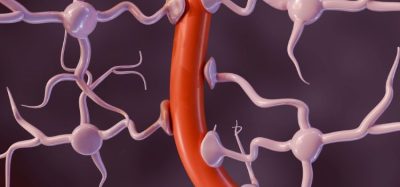Golimumab shows higher treatment persistence rates in patients with IMRD
Posted: 16 February 2016 | | No comments yet
A study shows that patients initiating treatment with golimumab had significantly higher persistence rates than those initiating treatment with adalimumab or etanercept at 3 years.


MSD has announced the publication of the results of a retrospective analysis of a large Swedish prescription registry study, which described real-world treatment persistence in patients with immune-mediated rheumatic disease (IMRD) newly treated with different subcutaneous tumour necrosis factor-alpha inhibitors (SC-TNFi).


A total of 4,903 patients with ankylosing spondylitis, psoriatic arthritis or rheumatoid arthritis (collectively referred to as IMRD) were included in the study.
The study results show that SC-TNFi-naïve IMRD patients initiating treatment with Simponi (golimumab) in Sweden had significantly higher persistence rates than patients initiating treatment with adalimumab or etanercept at 3 years.
“This real-world study demonstrated that, in SC-TNFi-naïve IMRD patients, Simponi had significantly higher persistence rates compared with Humira and Enbrel. These results support existing long-term Simponi data for persistence,” comments Sumesh Kachroo, Director of Outcomes Research at MSD and Swedish registry publication author.
Persistence was measured in accordance with the International Society of Pharmacoeconomics and Outcomes Research (ISPOR) Medication Compliance and Persistence Work Group definition, from the date of the first filled prescription of an SC-TNFi until the end of the duration of the last prescription.
Patients were identified through filled prescriptions for adalimumab, etanercept, certolizumab pegol, and golimumab between May 2010 and December 2012, from the Swedish Prescribed Drug Register.
While persistence was similar for the four agents in the first 12 months post-treatment initiation, golimumab consistently demonstrated significantly higher persistence than adalimumab and etanercept between 12 and 36 months.
Golimumab showed numerically higher persistence than certolizumab pegol from 12 to 36 months, however, the difference was not statistically significant at the 5% level over the full study period.
As persistence rates observed across all treatments in this study were lower than those observed in clinical trials, the study authors suggest the need for all-party engagement and development of programmes to increase persistence rates in clinical practice, to improve clinical outcomes.
Treatment persistence with SC-TNFi may be associated with lowed health care costs
The study also indicated that treatment persistence with SC-TNFi may be associated with lower health care resource utilisation (HCRU) costs, comprising specialised outpatient care, inpatient care and non-disease-modifying antirheumatic drug (DMARD) medications.
“This is thought to be the first study in a European setting that shows that persistence in treatment with SC-TNFi may be associated with cost offsets,” explains Sumesh Kachroo. “This provides further evidence for the need of an all-inclusive approach involving provider-patient-payer-drug manufacturer to find ways to increase persistence rates in real-world settings.”
Related topics
Related organisations
Related drugs
Related diseases & conditions
Ankylosing Spondylitis (AS), Arthritis, Rheumatoid arthritis (RA)









